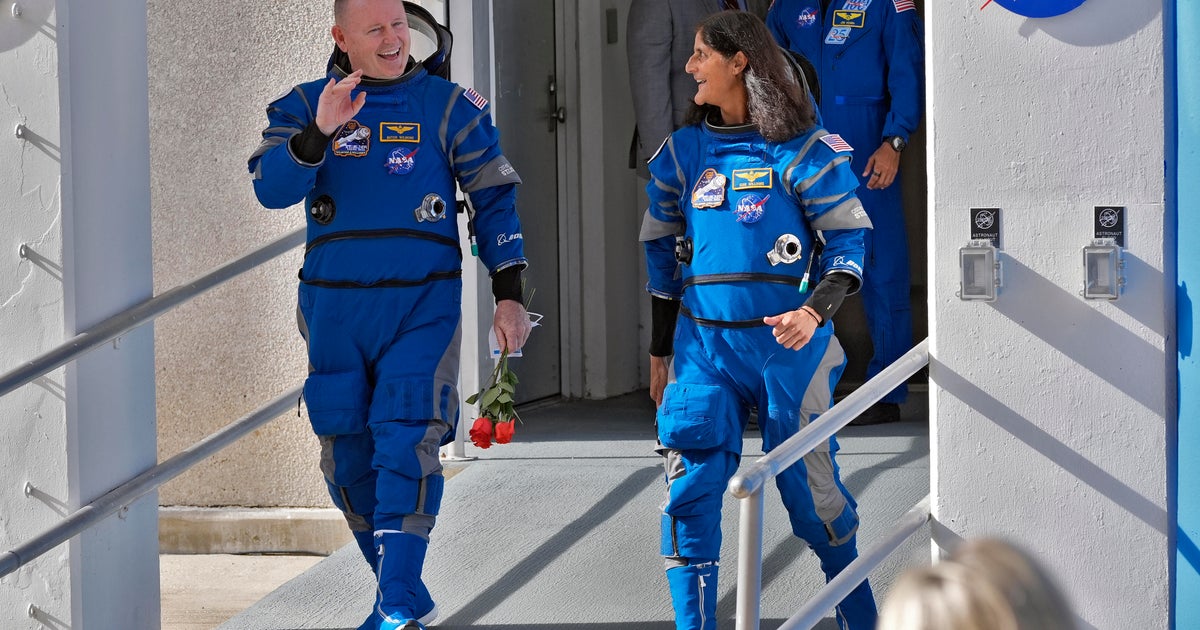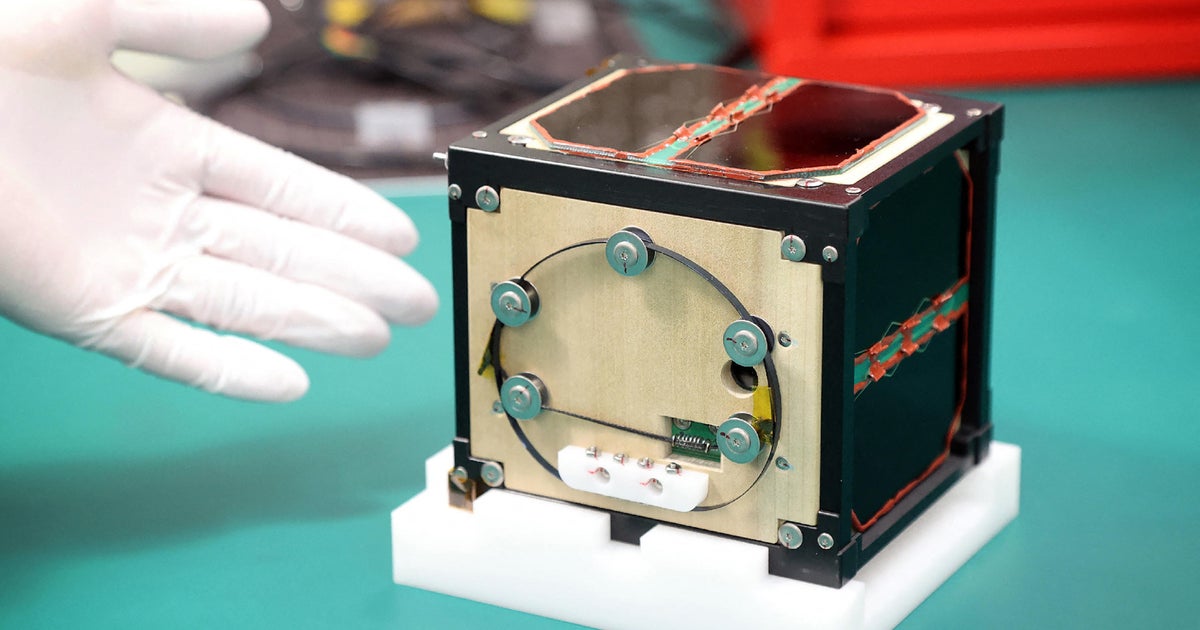Debris is on track to collide with the moon next month. It may not be a SpaceX rocket as previously thought.
Astronomers discovered last month that a piece of debris is on track to crash into the moon in less than three weeks. It was originally thought to be part of a SpaceX rocket that launched in 2015 — but a closer look at the object revealed a potentially different story.
Bill Gray, who writes the Project Pluto software for astronomers, revealed at the end of January that a piece of debris will have a "certain impact" with the far side of the moon on March 4. Gray originally thought the debris in question, which he first started tracking in March 2015, is an old Falcon 9 stage that was left in orbit after the rocket launched weeks before his tracking began.
But over the weekend, Gray said he received an email from Jon Giorgini at the Jet Propulsion Laboratory, which tracks active spacecraft. Giorgini, Gray said, had questioned the statement that the SpaceX piece had closely passed by the moon two days after the rocket launched.
"Jon pointed out that JPL's Horizons system showed that the DSCOVR spacecraft's trajectory did not go particularly close to the moon. It would be a little strange if the second stage went right past the moon, while DSCOVR was in another part of the sky," Gray explained. "There's always some separation, but this was suspiciously large."
So, he said, he dug into his archives to figure out what happened.
After reviewing the data, he realized that what he thought was a piece of the SpaceX rocket was actually the booster for the Chang'e 5-T1 lunar mission, which would have been close to the moon around the time that he had thought the SpaceX stage had. Another astronomer, Jonathan McDowell, has also sent Gray data that seems to support the conclusion.
"In a sense, this remains 'circumstantial' evidence. But I would regard it as fairly convincing evidence, the sort where the jury would file out of the courtroom and come back in a few minutes with a conviction," Gray said.
The booster continues to be in a "chaotic" orbit as it floats away from Earth and outside of the moon's orbit, and is still anticipated to officially collide on March 4. However, Gray said that he has received "quite a bit of data" since his initial projection and that he now expects that the booster will land "a few kilometers east and a few seconds before" his original prediction.
"Not much change, in other words," he said.
And as far as the SpaceX booster goes, Gray says he isn't quite sure where it is, but thinks it may have ended up in an orbit around the sun.



